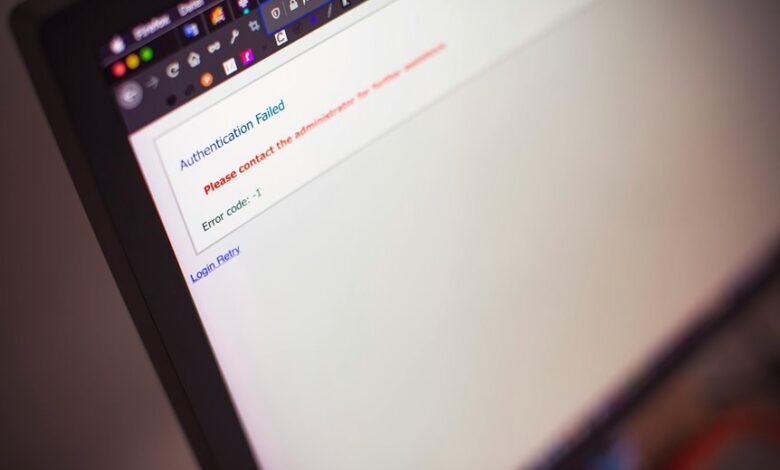7458195008 User Retry Patterns During Failures

The analysis of user retry patterns in the 7458195008 case reveals significant insights into user behavior during failures. Various factors, including emotional responses and situational context, influence whether users persist or seek alternatives. This nuanced understanding of user psychology highlights the need for tailored system designs. Exploring these dynamics further could provide actionable strategies for enhancing user interactions in the face of failure. What specific behaviors emerge when users confront obstacles?
Overview of User Retry Behavior
A significant number of users exhibit specific retry behaviors in response to failures during digital interactions.
These behaviors often stem from a blend of retry motivation and user frustration. Users may persist in attempting to complete tasks despite setbacks, driven by the desire for resolution and autonomy.
Understanding these patterns is essential for optimizing user experience and reducing frustration in digital environments.
Factors Influencing Retry Decisions
While various factors contribute to a user’s decision to retry an action after a failure, the interplay between emotional response and situational context plays a pivotal role.
Key retry motivation factors include perceived urgency and the significance of the task.
Additionally, a thorough failure impact assessment influences whether users perceive the need for persistence or opt for alternative solutions, shaping their retry behavior.
Common Patterns Observed in the 7458195008 Case
Patterns observed in the 7458195008 case reveal distinct user behaviors in response to failures.
Users frequently employed various retry strategies, often influenced by their psychological state during the failure event. Some users demonstrated persistence, retrying multiple times, while others exhibited avoidance, opting for alternative solutions.
This variance highlights the complexities of user psychology and the implications for designing systems that accommodate diverse retry preferences.
Recommendations for Enhancing User Experience During Failures
Enhancing user experience during failures necessitates a strategic approach grounded in understanding user behavior and psychology.
Effective failure notifications should be clear and informative, guiding users on possible next steps. Providing user guidance through intuitive interfaces and support resources empowers individuals to navigate disruptions confidently, reducing frustration.
This approach cultivates a sense of agency, ultimately fostering a more resilient user experience during challenging moments.
Conclusion
In conclusion, the analysis of user retry patterns in the 7458195008 case reveals a significant divergence in behavioral responses to failures. For instance, a hypothetical scenario where users repeatedly attempt to resolve a payment issue illustrates the emotional investment in achieving autonomy. By recognizing these varied motivations, designers can implement tailored interventions, such as adaptive feedback mechanisms, to enhance user experience and facilitate more effective resolutions during system failures, ultimately fostering user satisfaction and retention.


